A K Sekhar
Subscribe to read full article
This section is for paid subscribers only. Our subscription is only $37/- for one full year.
You get unlimited access to all paid section and features on the website with this subscription.
Not ready for a full subscription?
You can access this article for $2 , and have it saved to your account for one year.
- Primary Cinema: Telugu
The role played by Vauhini Pictures in the proliferation of cinema in Tamil Nadu and Andhra Pradesh cannot be underestimated. Started by B N Reddy in 1939, it evolved into Vauhini Studios in 1948, becoming one of the foundational institutions of cinema in the south along with Gemini Pictures. None of this would have been possible without the accomplishments of Vauhini’s core team – cinematographer K Ramnoth, director K V Reddy and art director A K Sekhar.
A K Sekhar began his cinematic journey in Prabhat Film’s foray into Tamil cinema Sita Kalyanam (1934). He initially joined H M Reddy’s Rohini Pictures, which would germinate into Vauhini Pictures in 1939. The early success of the company hinged on to genres – B N Reddy’s nationalist melodramas and K V Reddy’s acclaimed saint films. Several of these films – Vande Mataram (1939), Sumangali (1940), Devatha (1941), Bhakta Potana (1943) – all had sets designed by Sekhar. He was also the designer for B N Reddy’s most renowned film Swarga Seema (1946) featuring Paluvayi Bhanumathi’s tremendous performance.
The defining achievement of Sekhar’s career remains the magnum opus Chandralekha (1948). It’s spectacular sets – particularly the massive climactic sequence featuring 400 dancers, exerted a huge influence on subsequent mass entertainers. It was the first attempt by a Madras studio to market and distribute a film throughout India and a large part of its success came down to the choreography and design, which were mounted on a scale hitherto unseen in Indian cinema. The climactic sequence in particular, has gone on to become a metonym for the opulence of Indian big-budget commercial cinema.
B N Reddy’s fantasy Malleswari (1951), set in the court of Vijaynagara, again featured tremendous work from Sekhar. Other notable films designed by Sekhar during this time include K Ramnoth’s Macbeth-inspired superhit Marmayogi (1951), the saint film Avvaiyar (1953) which featured a sequence involving 10000 junior artistes, Ethir Parathuthu (1954), Manohar (1954), Bangaru Papa (1955), the critically acclaimed Kappalottiya Thamizhan (1961), the superhit Naanum Oru Penn (1963) and Server Sundaram (1964) which was the breakthrough film for K Balachander. Displaying his skill in the genre of historicals, he also designed the sets for Vedantam Raghavaiah’s Anarkali (1955). He also directed one film in the interim – Sri Srikakula Andhra Mahavishnuvu Katha (1962).
During a brief stint in Hindi cinema, he worked on Main Bhi Ladki Hoon (1964), which was a remake of Naanum Oru Penn, Pooja Ke Phool (1964) and Do Kaliyan (1968). He also worked on films like Kuzhandaiyum Deivamum (1965), Ramu (1966), Rangula Ratnam (1966), Uyarndha Manithan (1968), and Anadhai Anandhan (1970).
A K Sekhar’s work deeply enriched Indian cinema, and proved to be immensely influential on later day art direction codes.



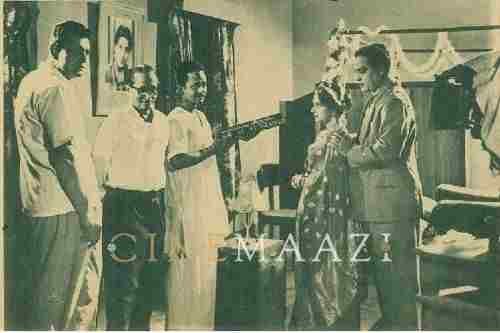
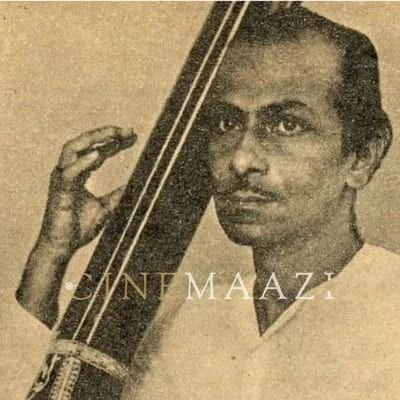

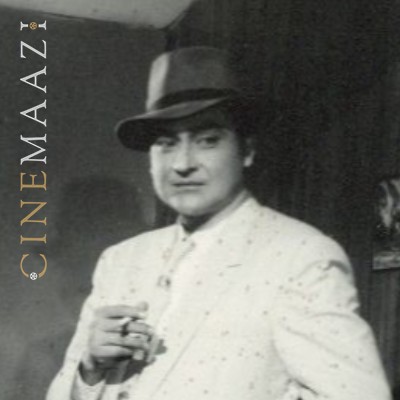
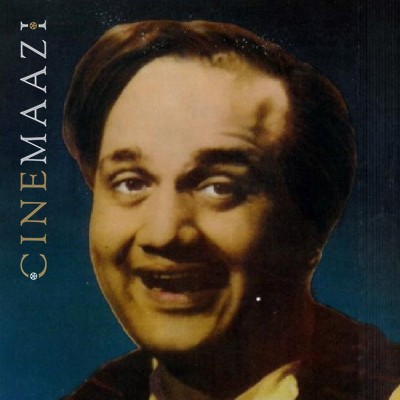
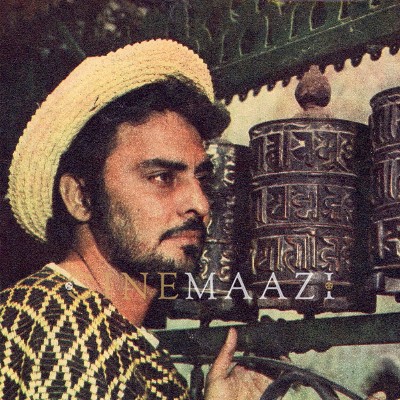
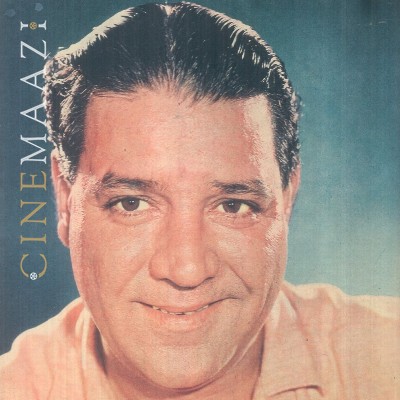

.jpg)




